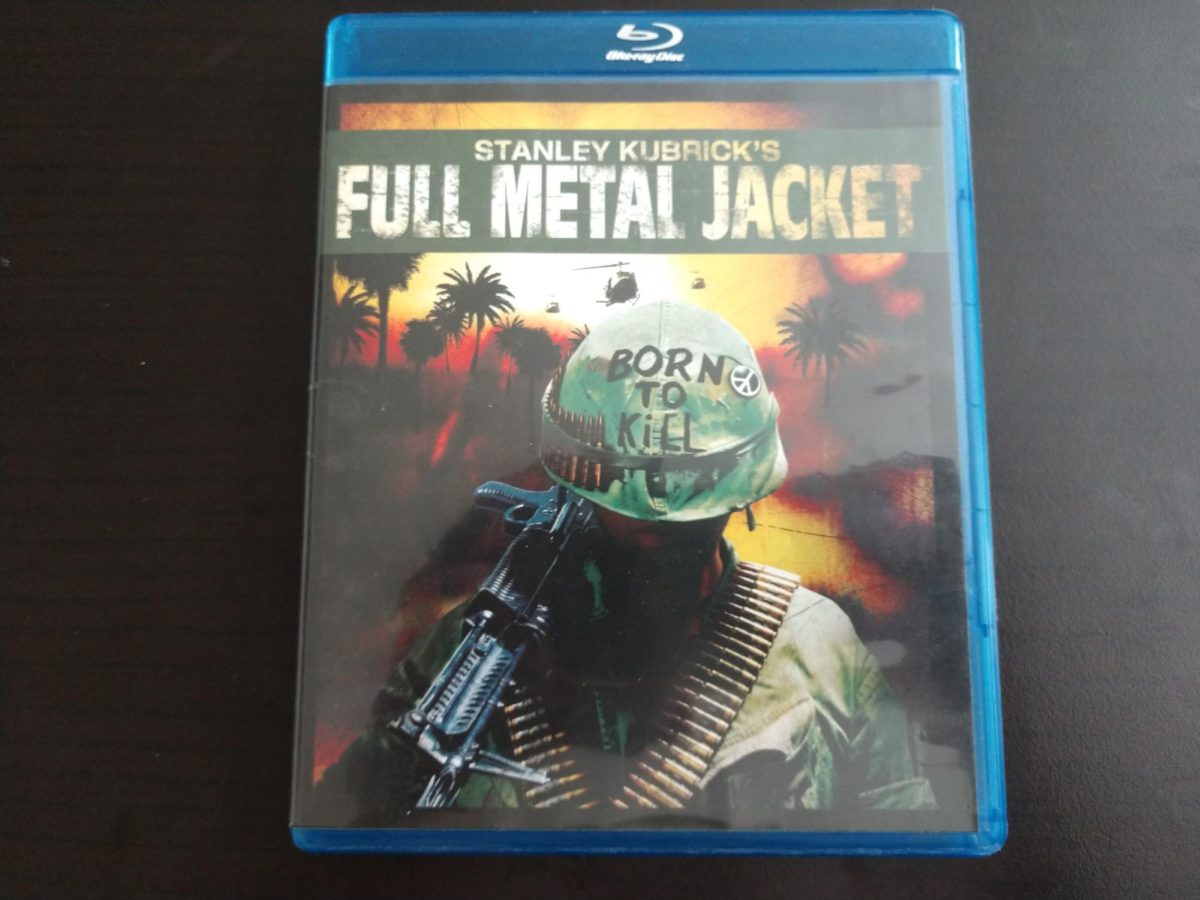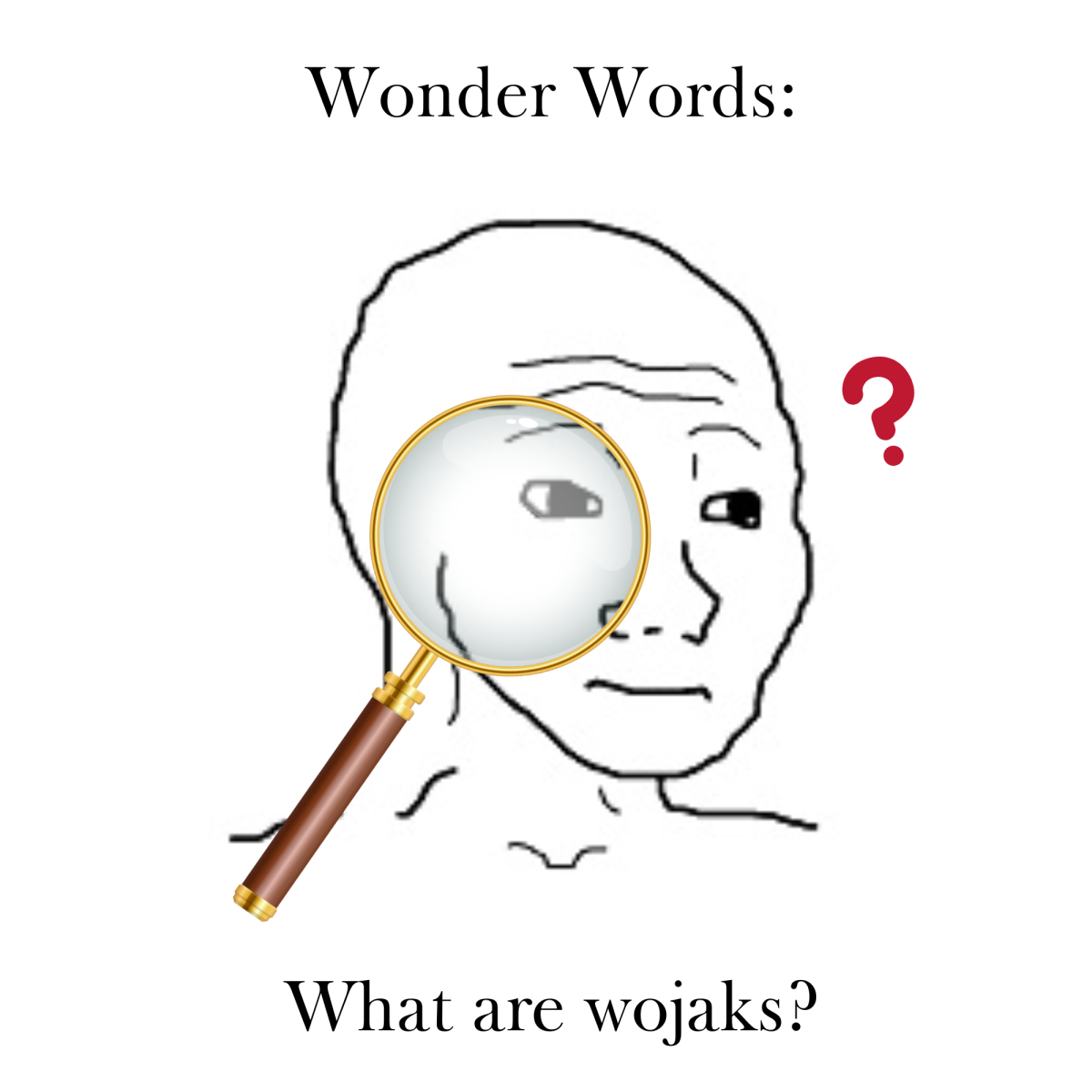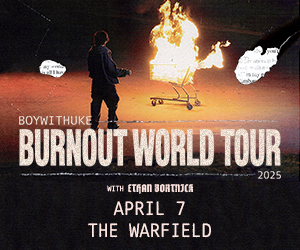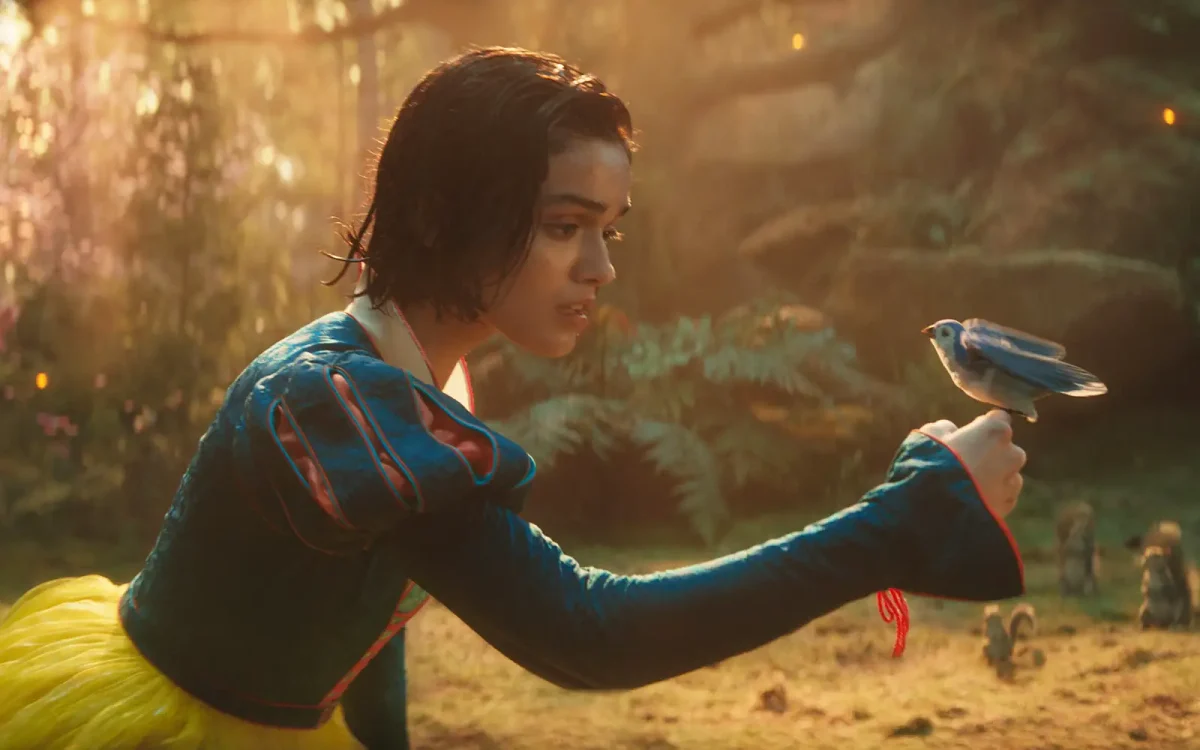The Vietnam War was a monumental time for American culture and is remembered as a gruesome time in American history. Many movies came out of this era, one being Full Metal Jacket, directed by Stanley Kubrick and released in 1987. This movie became famous not only because of its portrayal of the Vietnam War but also as an important mark in Kubrick’s filmography. It also shone light on how intensive training in the Marine Corps can be and how it can take a toll on someone’s mental fortitude. Full disclosure, this analysis of the movie contains significant plot spoilers.
The first half of Full Metal Jacket takes place in Marine Corps boot camp, where character J.T. “Joker” Davis and other Marine Corps trainees train for their deployment to Vietnam. Joker is teamed up with Leonard “Gomer Pyle” Lawrence, an overweight and below-average intelligence fellow trainee who Joker is ordered to and attempts to get up to speed. Nearing the end of boot camp, Pyle begins to excel at using the M14 used in boot camp and worships the firearm. Once all training was done, the recruits were ready to graduate. The night before they were scheduled to leave the island, Pyle goes insane. Killing Drill Instructor Gunnery Sgt. Hartman and commiting suicide due to the poor treatment he received at bootcamp, Pvt. Joker ends up as the sole witness to the murder. The day the recruits leave the island, Pvt. Joker is assigned as a journalist, despite previous mentions of wanting to get out and kill.
The second half of Full Metal Jacket focuses on Joker’s time in Vietnam during the Tet Offensive, an American escalation of the war in the form of a surprise attack on Viet Cong and PAVN. Joker works with Stars and Stripes and his colleague, a Private First Class named Rafterman, to travel from Da Nang to Hue to document the Vietnam War by taking pictures and working with other Marine Corps soldiers. It isn’t long before Joker and his platoon get into deep trouble though, being forced right into the Battle of Hue. A Viet Cong sniper, after opening fire on the platoon, is confronted by Joker and after some commotion dies by a mercy kill after suffering a fatal wound. The movie closes out as the soldiers depart by nightfall, singing as they march towards the Perfume River.
Throughout the film, the main character Joker struggles with his inability to stomach death whilst also yearning to kill, his combat helmet adorned with the painted phrase “Born to Kill,” a feature pointed out due to the contrasting peace symbol pin attached to his vest, a commentary on the duality of man. When Joker and the other soldiers are in the Battle of Hue, Joker states, “I wanted to meet interesting and stimulating people of an ancient culture… and kill them.” This romanticization of murder does not exactly reflect Joker’s reaction towards active combat until the end of the movie, where he narrates that his fears have gone away, with any previous scenes that Joker comes into contact with death laced with a sense of dread. The mentality towards a more ignorantly positive outlook on death and war is something that reflects in most of Kubrick’s works, with a main viewpoint in another of his popular war films, “Dr. Strangelove or How I Learned to Stop Worrying and Love the Bomb” (aired in 1964), a comedy on war and featuring multiple characters that don’t take massive casualty numbers and destruction seriously, but also mainly one character — Dr Strangelove — taking pride or even a true erotic attraction in the idea of a nuclear crashout and death.
Full Metal Jacket was a cruel movie that shed light upon the dehumanizing effects of war, exposing the psychological toll it takes on soldiers. Its raw take at the Vietnam War was a wake-up call for those who never truly grasped its brutality. Ironically, while the film criticized the horrors of war, it also made many Americans feel inspired to join the Marine Corps. In the end, the film’s legacy lies in its ability to provoke thought and spark debate about the true cost of war.







